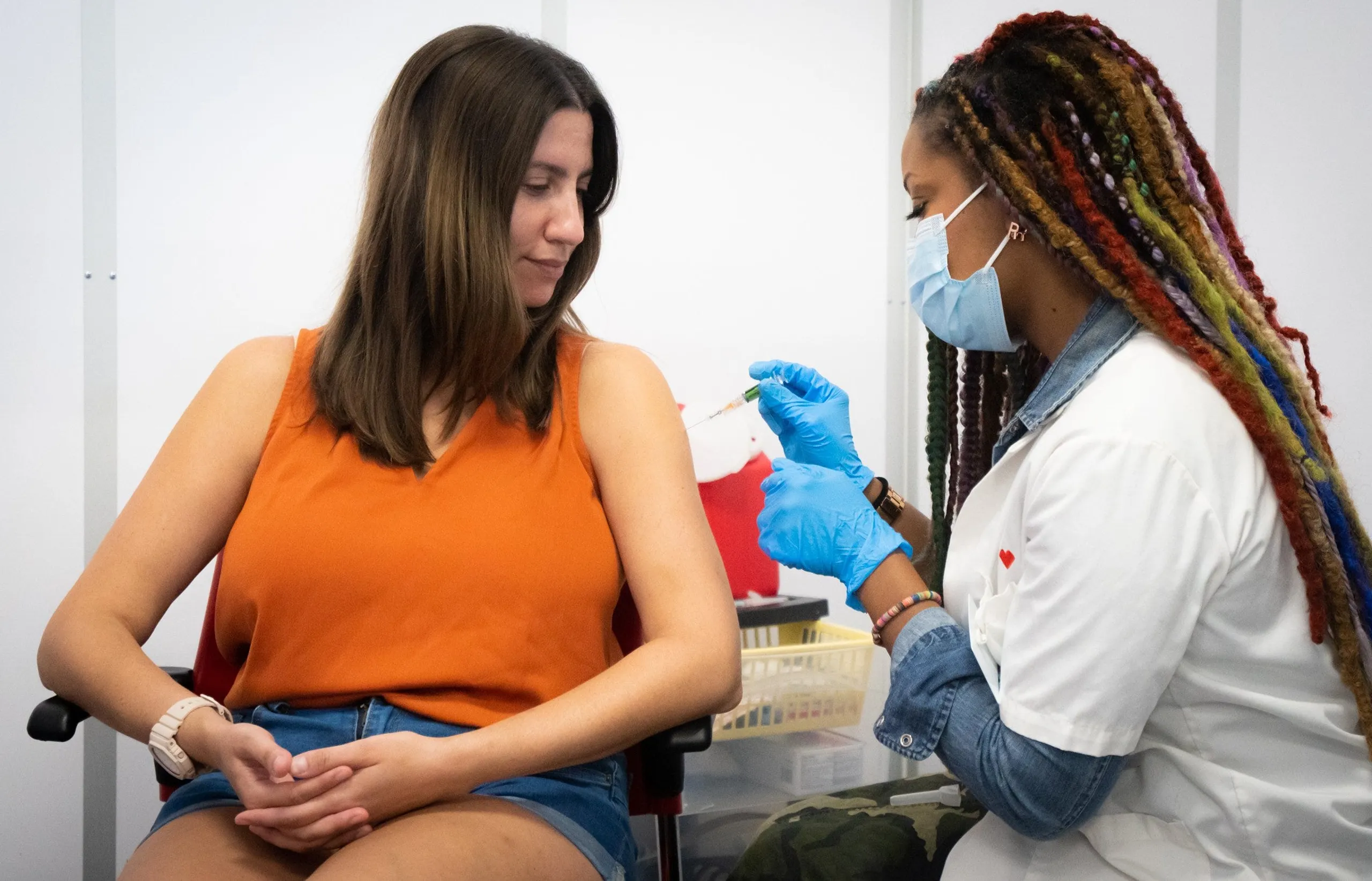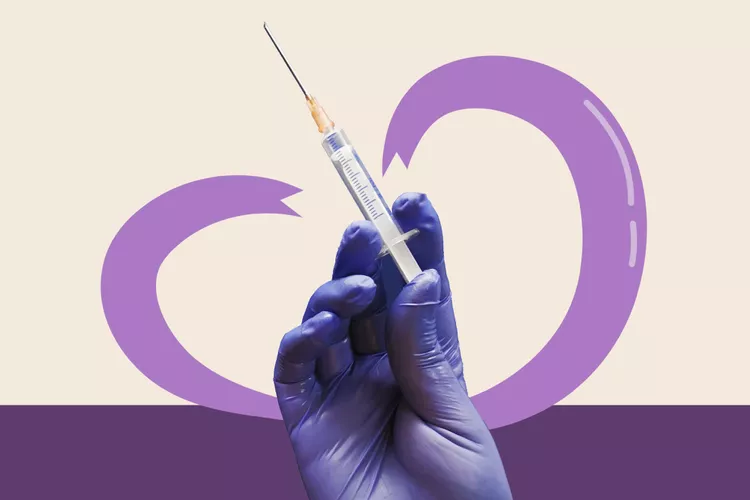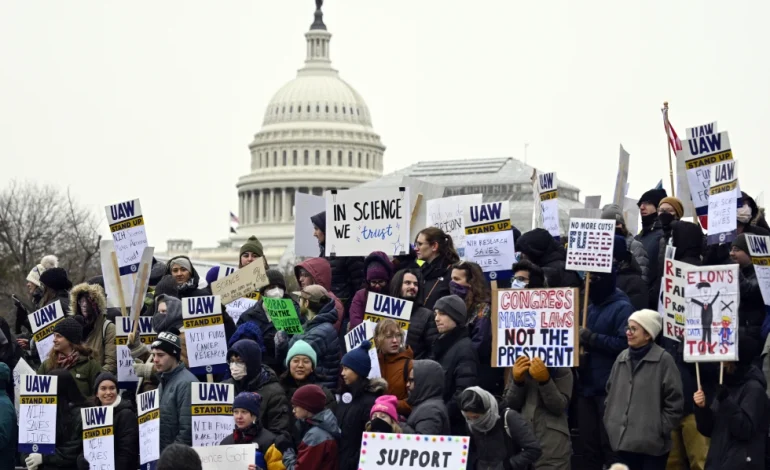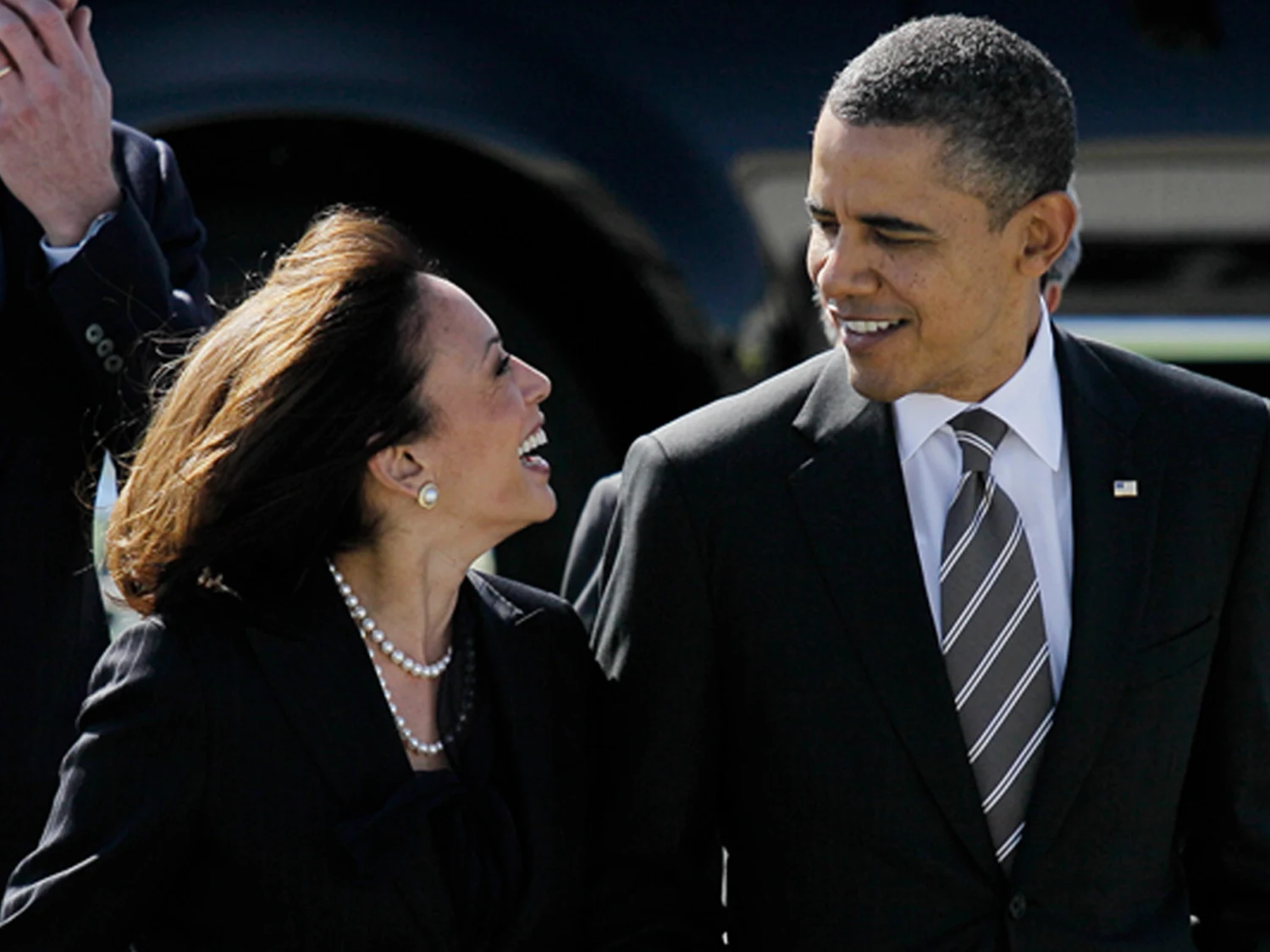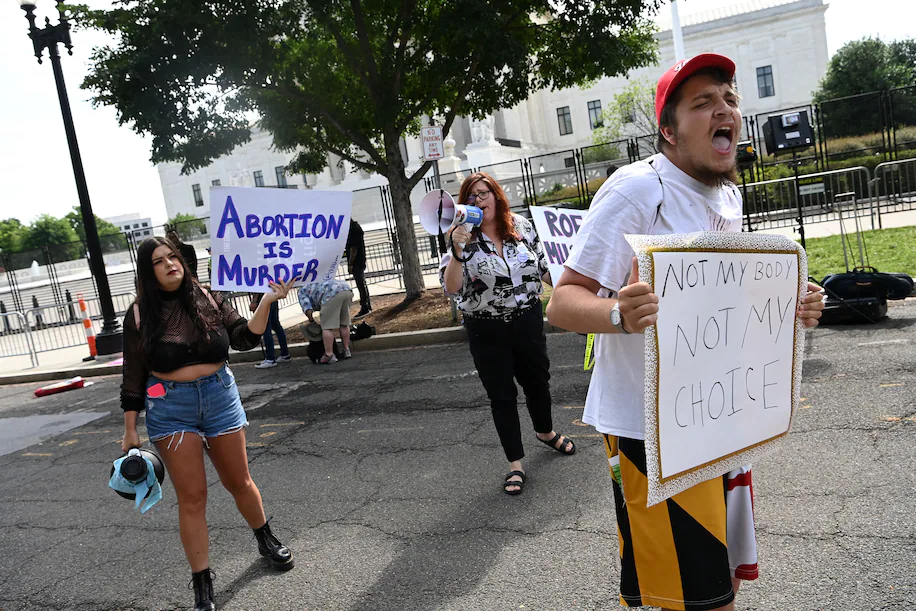A legal battle is set to continue Friday over the Trump administration’s decision to reduce funding for medical research, a move that has drawn criticism from scientists and research organizations who argue it will harm patients and impede scientific progress, The Associated Press reports.
A federal judge in Massachusetts previously issued a temporary block on the cuts, responding to lawsuits filed by 22 states and various organizations representing universities, hospitals, and research institutions. US District Judge Angel Kelley is now tasked with deciding whether to extend the temporary restraining order.
The contested policy, enacted by the National Institutes of Health (NIH), would significantly reduce funding for indirect expenses associated with medical research, including studies on Alzheimer’s, cancer, and heart disease. The affected research spans from clinical trials of new treatments to basic lab research.
The states and research groups contend that the policy is unlawful, citing bipartisan congressional action during the Trump administration that prohibited such cuts. The Trump administration, however, argues that the NIH has the authority to modify grant terms after awards are made, and that the courtroom is not the appropriate venue for breach of contract claims. The administration’s motion also states that the plaintiffs have not demonstrated that they would suffer irreparable injury.
The NIH, a primary source of funding for biomedical research, awarded over 60,000 grants last year, totaling approximately $35 billion. These grants are divided into direct costs, such as researcher salaries and lab supplies, and indirect costs, which cover administrative and facility expenses necessary to support the research.
The Trump administration characterized these indirect expenses as “overhead,” but universities and hospitals maintain that they are critical components of research infrastructure. These costs can include electricity for equipment, hazardous waste disposal, safety staff, and janitorial services.
Currently, the amount allocated for indirect costs is negotiated with the NIH for each grant, varying based on the specific project’s requirements. If the new policy takes effect, indirect costs would be capped at 15% for both existing and new grants. The NIH estimates this would save the agency $4 billion annually.
Recent court filings have highlighted potential consequences of the cuts, including the possible termination of clinical trials at the University of Wisconsin, Madison, potentially leaving patients without viable alternatives. Officials at Johns Hopkins University stated that the cuts could lead to the end or significant reduction of research projects, potentially affecting the 600 NIH-funded studies open to Hopkins patients.
Attorneys have also argued that the cuts could negatively impact state economies. The University of Florida could be forced to reduce research staffing, while construction of a new research facility in Detroit, expected to create hundreds of jobs, could be halted.

